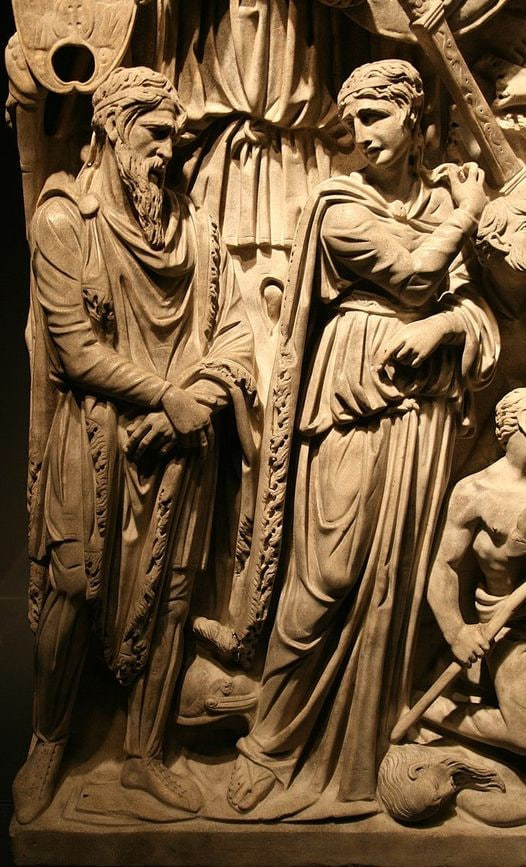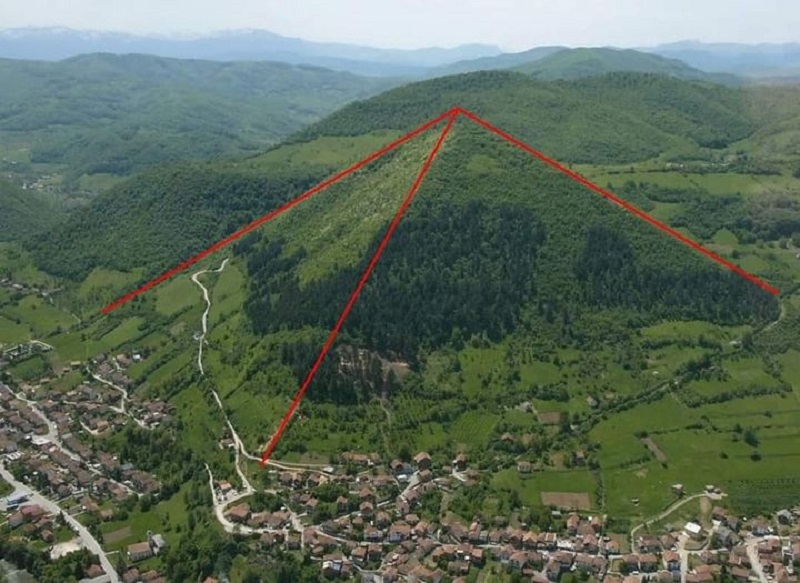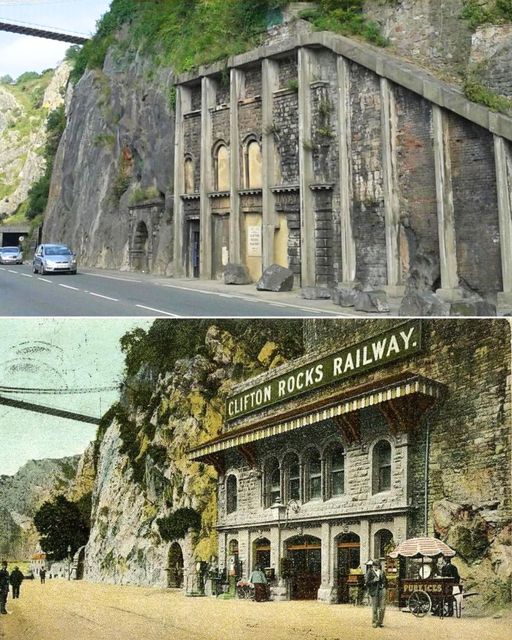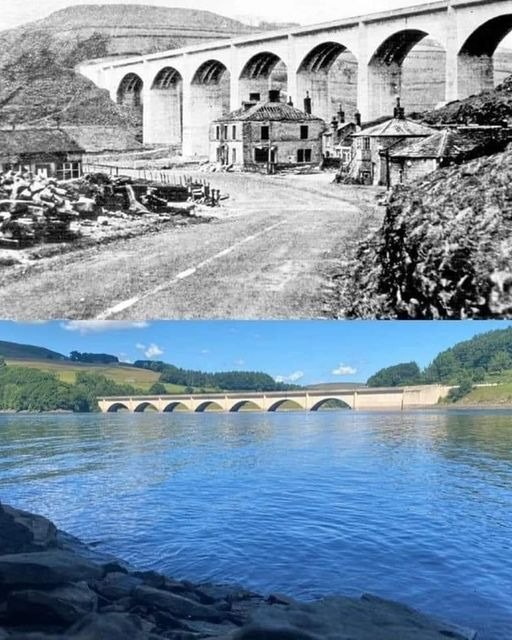Eupalinian Aqueduct, Ancient Greek Engineering, Mount Kastro Tunnel, 6th Century BC
Nestled within the rugged terrain of Mount Kastro on the Greek island of Samos lies a testament to the ingenuity and engineering prowess of ancient Greece—the Eupalinian Aqueduct. Built in the 6th century BC, this remarkable tunnel stretches over 1,036 meters through the heart of the mountain, serving as an aqueduct to supply water to the city of Samos. What sets this aqueduct apart is not only its impressive length but also its innovative construction techniques, including being the second known tunnel in history to be excavated from both ends, and the first to utilize a geometry-based approach.
A Triumph of Ancient Engineering
The construction of the Eupalinian Aqueduct stands as a testament to the remarkable engineering achievements of ancient Greece. Carved through solid limestone with remarkable precision, the tunnel represents a feat of ancient ingenuity and labor. Its construction required careful planning and execution, as well as a deep understanding of geometry and hydrodynamics.
Innovative Excavation Techniques
What makes the Eupalinian Aqueduct truly remarkable is its method of excavation. Unlike previous tunnels, which were typically dug from a single entrance, the Eupalinian Tunnel was excavated simultaneously from both ends, meeting in the middle with remarkable accuracy. This innovative approach not only expedited the construction process but also ensured that the tunnel maintained a consistent gradient for the flow of water.
Geometry-Based Approach
Another groundbreaking aspect of the Eupalinian Aqueduct is its use of geometry in the construction process. By employing mathematical principles, such as triangulation and measurement, the ancient engineers were able to ensure that the tunnel maintained a precise alignment and gradient from both ends. This geometry-based approach allowed for greater accuracy in the excavation process and minimized the risk of deviations or collapses.
Legacy and Influence
The Eupalinian Aqueduct stands as a testament to the enduring legacy of ancient Greek engineering and innovation. Its construction not only provided a reliable water supply to the city of Samos but also served as a model for future tunneling projects throughout history. The principles of simultaneous excavation and geometry-based design pioneered in the construction of the Eupalinian Tunnel would later be adapted and refined by engineers around the world.
Conclusion
The Eupalinian Aqueduct of Samos stands as a shining example of the ingenuity and skill of ancient Greek engineers. From its innovative construction techniques to its enduring legacy, this remarkable tunnel continues to inspire awe and admiration millennia after its completion. As we marvel at the precision and foresight of its ancient creators, we are reminded of the timeless relevance of their achievements and the enduring power of human ingenuity to overcome even the most daunting of challenges.






